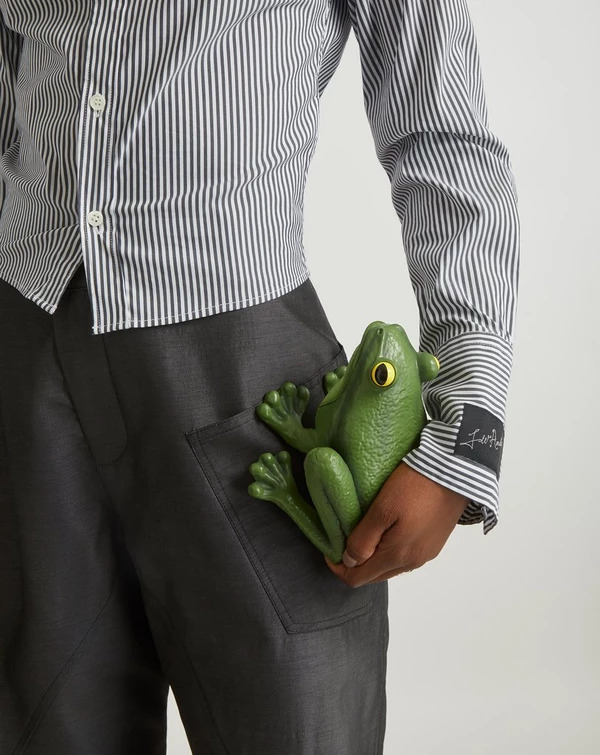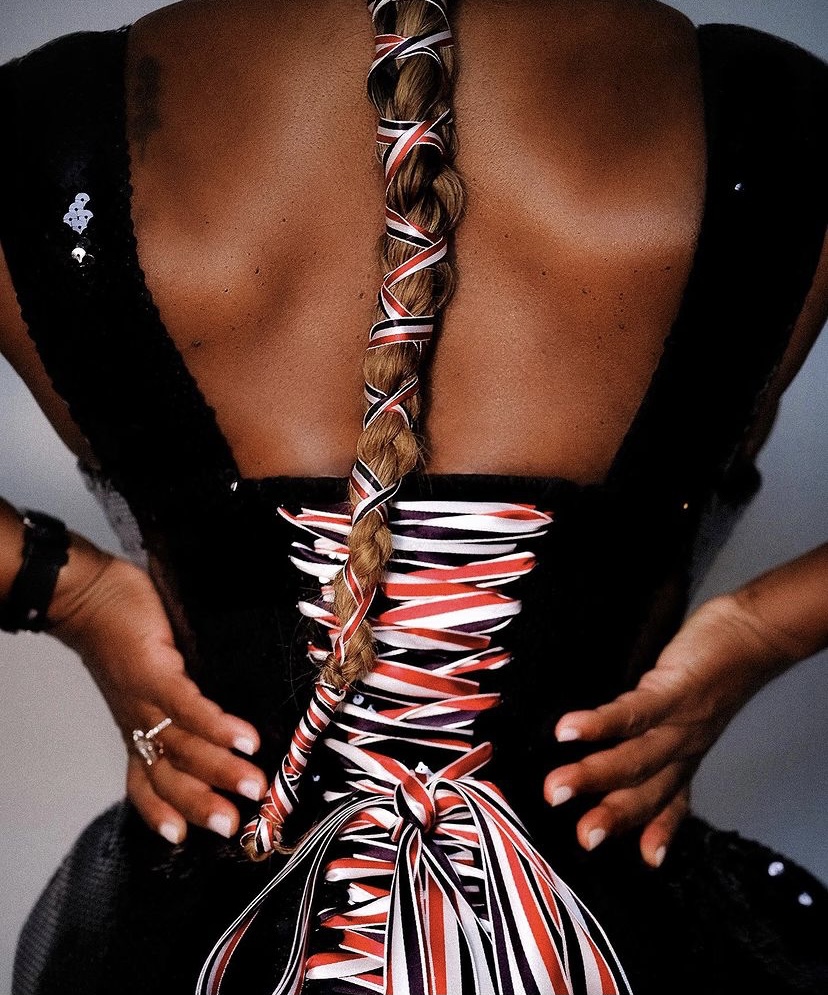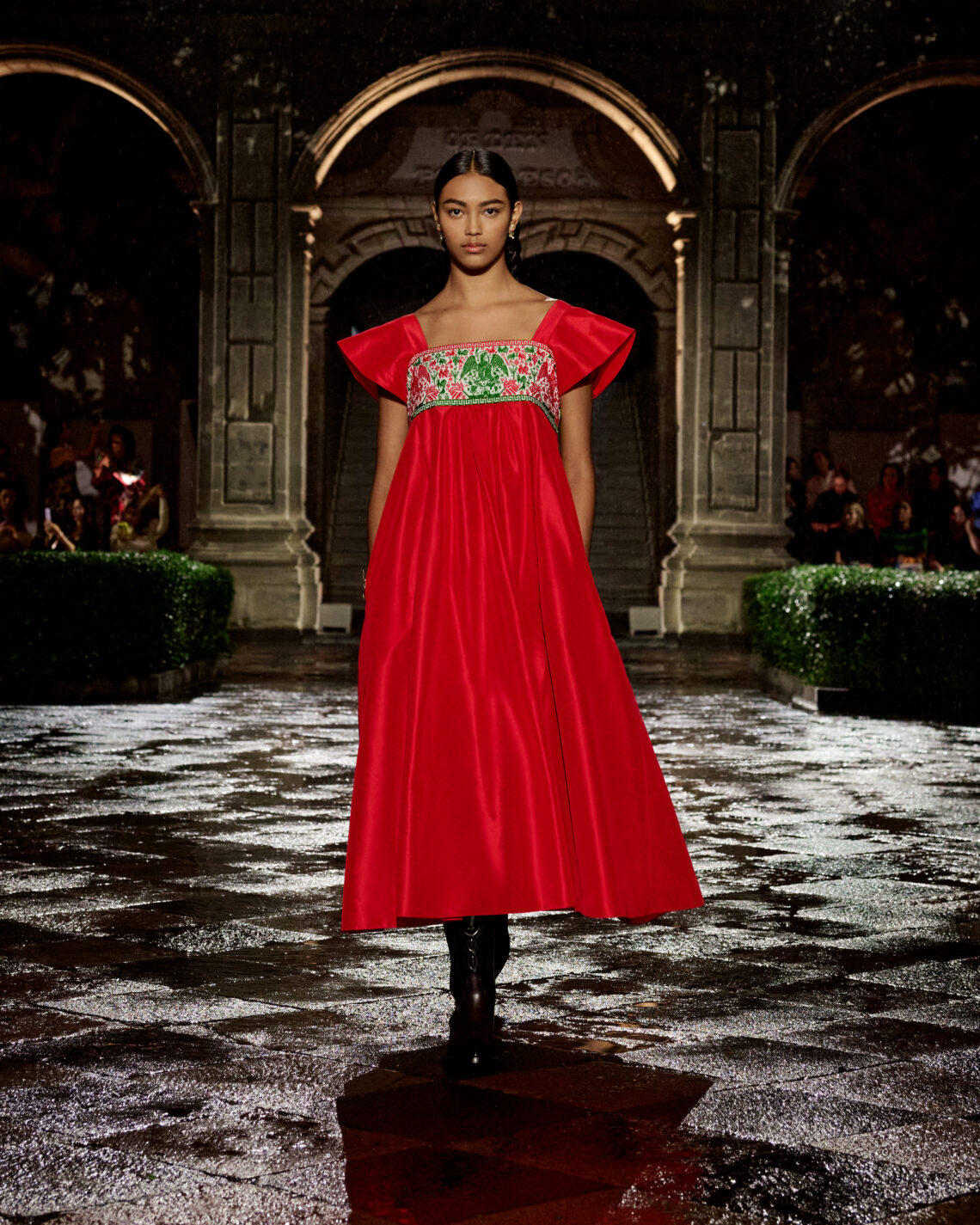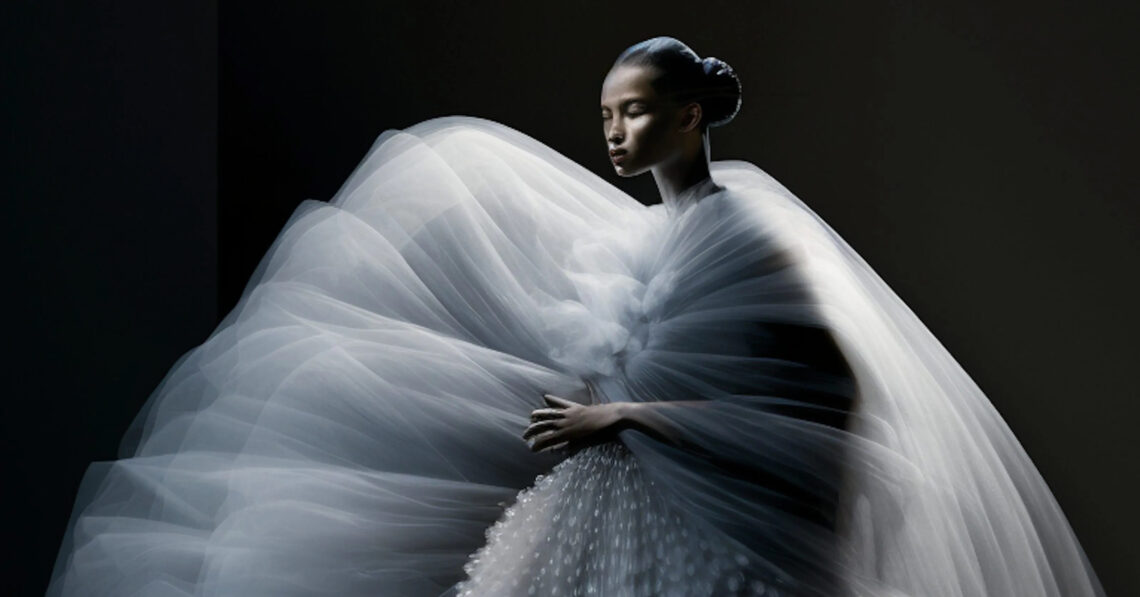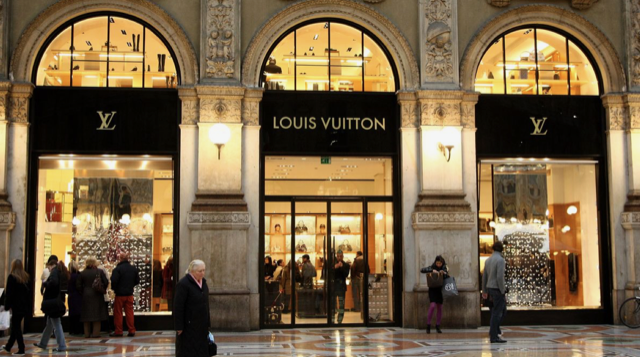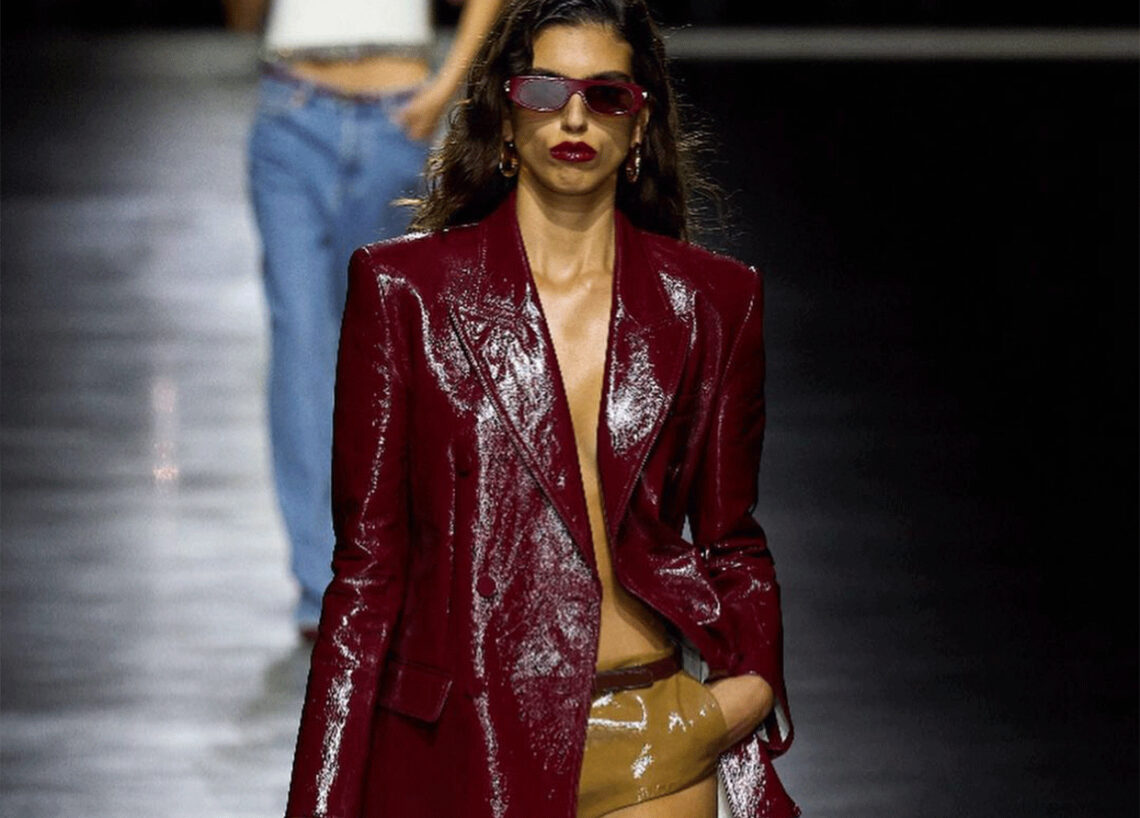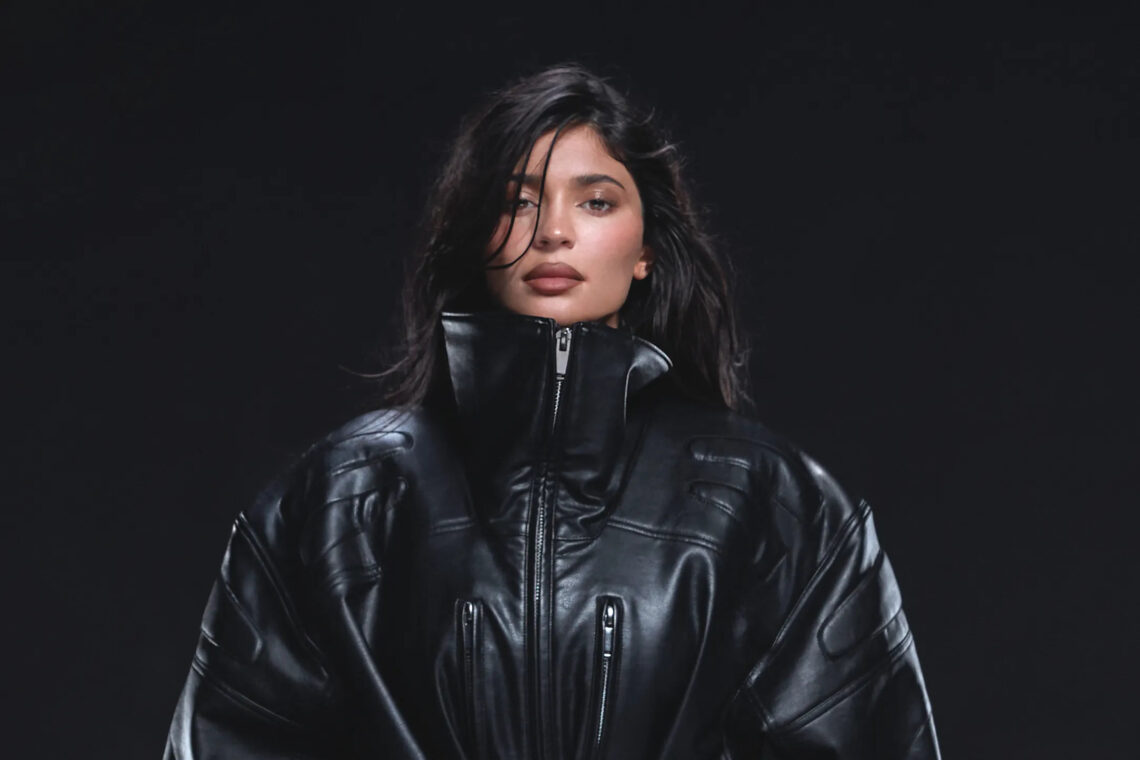After a year dominated by surrealism and mundane, now more and more brands are opting for campaigns that embrace reality and every-day life. Pics from Bottega Veneta “Readymade” campaign If you want to succeed you need to be different banal, as demonstrated by the most renowned fashion houses. Bottega Veneta’s Pre-Spring 2024 campaign, titled “Readymade,” celebrates the ordinary aspects of life. Released on December 5th, the campaign captures mundane moments featuring celebrities like top models and singers. These images depict them engaging in everyday activities such as grocery shopping, refueling their cars, sipping lattes, and going for a jog, all dressed in Bottega Veneta. Rather than resembling typical fashion photography,…
-
-
Young and Free: The Bright Journey of Pierpaolo Piccioli with Valentino Nears Its Twilight
The surprising and somewhat unwelcome news always stirs emotion. Even as we acknowledge that every ending heralds a new beginning, it’s hard to detach from figures who subtly yet significantly influence the fashion narrative. Yet, not all stories start and end in the traditional sense; some exist in a perpetual now, radiating intense light that leaves no shadows, […] Always young, free, and full of dreams. It was this enduring present that Pierpaolo Piccioli reflected on in his Instagram announcement, gracefully bowing out from Maison Valentino. Truthfully, the news has sparked widespread reaction, from dedicated followers of the Italian house to those with a casual interest in fashion’s flux. This…
-
BS4F Beyond Trends: Pigeons, tortellini and Gen Z’s new fashion codes
If you think about recent fashion trends, you will notice a general tendency of relying on past collections and styles: from y2k to coquette and e-girls, trends characterizing our recent sense of fashion are rooted in past codes and languages, readapted to the modern sensitivity of the 2020s. In the recent fashion landscape, it may be hard to find absolute novelty in the way we dress, but if you look closely you’ll find that one apparel category in particular has been defying conventions in recent years: bags and purses. While major luxury houses have been proposing re-editions of their most successful models (Prada’s Re-nylon bag, for instance, or Fendi’s revival…
-
Pangaia An Innovative Eco-Friendly Company: The Slow Fashion Approach
Pangaia is an eco-friendly company characterized by the use of advanced technology to produce clothing. It was founded in 2018 and its name derives from the Ancient Greek, “Pan” meaning “all-inclusive”, and “Gaia” which stands for “mother earth”. The brand is a demonstration that sustainability and sales are not mutually exclusive, as Amanda Parkes, the chief innovation officer, said. In fact, in 2020, Pangaia reported $75 million in sales, and according to an analysis conducted by The Business of Fashion, the brand remained profitable. Pangaia is famous for producing innovative materials such as FLWRDWN which is made from wildflowers, substituting goose and duck feathers and synthetic down, and importantly, avoiding…
-
Game-changing glamour: Serena Williams and the blending of fashion and sport
“I explored fashion and style as a way to stand out. In many ways, the tennis courts have become my catwalk”, said Serena Williams, honored as fashion icon by the Council Designers of America (CFDA) on the 6th of November 2023. This was the first time for an athlete. But why should one be surprised? For the multi-award-winning tennis player, fashion has always been a spontaneous manifestation of joy, starting as a child with ribbons and beads in her hair, all the way up to the launch of the S by Serena collection in 2018 The friendship with Virgil Abloh Started in 2018, following the criticism of the “catsuit” worn…
-
The Rise of Mexico City
Mexico City’s melting pot full of esteemed art, world-renown dining, and dynamic culture has inspired the birth of a new fashion scene in Latin America. The strength of Mexico’s Luxury goods industry is thanks to its ability to serve luxury consumers with both high-end products and experiences. The city’s design boom began in the late 2010s with a migration of creatives infusing their years of expertise and craft into the culture. The large influx of foreign designers came from established fashion capitals including New York, Berlin, Paris, and London. The ultimate turning point in establishing Mexico City’s position on the fashion map was Purple Magazine’s Mexico issue in September 2021,…
-
Generative AI: shaping the future of fashion
While still in its early stages, generative AI has the potential to help fashion businesses become more productive, get to market faster and enhance customer satisfaction. For those still in the dark, generative AI refers to machine learning algorithms able to create new content. Trained on a sufficient number of examples, these algorithms recognize patterns and structures in data and create new examples of their own. Some tools, such as DALL-E 2, produce images. Others, such as ChatGPT, can generate text. While the fashion industry has already teamed up with basic AI and other technologies like the metaverse, NFTs and augmented reality, little it has experienced with generative AI due…
-
Q3 Luxury Unveiled: Navigating Earnings Turbulence and Reshaping Strategies in the Opulent Realm
In the delicate ecosystem of luxury, a profound shift is underway, marking the industry’s inaugural deceleration since the pandemic’s tumult. This transformative period is drawing a distinct line between those flourishing and those floundering within the opulent sphere. Kering SA’s forewarning of dwindling profitability haunting its esteemed Gucci brand forecasts a bleak trajectory, ensnared by internal upheavals compounded by a global demand downturn. Yet, amidst this turbulence, Hermes International emerges as a beacon of resilience, besieged by a surplus of affluent clientele eagerly vying for its coveted $10,000 handbags, affording it a rare insulation from the prevailing economic winds. Meanwhile, the colossal LVMH Moet Hennessy Louis Vuitton SE, stewarding an…
-
BS4F BEYOND TRENDS: Belonging, Identity and Their Link with Cherry Red
From social media microtrends to runways, one color seems to have taken over our wardrobes this fall: cherry red. This cool, intense shade of red has completely colonized our collective sense of style, from hair to accessories, passing through makeup and nails, but the real question is: where does this wave of red really come from? The cherry red trend follows unusual dynamics with respect to other color trends in the past: while we can easily identify a certain era with a specific color palette, the cases in which only one color takes over are very limited. One example is Barbie pink, which has seen an incredible rise last summer,…
-
KYLIE JENNER’S “KHY”: EXPANDING THE EMPIRE
After having established a billion-dollar cosmetic empire well before celebrity beauty brands became mainstream, the internet’s princess is now venturing into the realm of fashion. On October 24th, Kylie Jenner soft-launched her very own fashion brand when she captioned a picture of her, sitting in a black faux-leather trench coat, with two simple words: “Meet Khy”. The brand was officially announced the next day, and as described by WSJ Magazine, the brand’s debut collection could be seen as “the wardrobe of a biker babe during the apocalypse – who happens to have interest access and a Pilates-toned body”. A quite niche, attractive, description, reflected in the brand’s official Instagram page…



